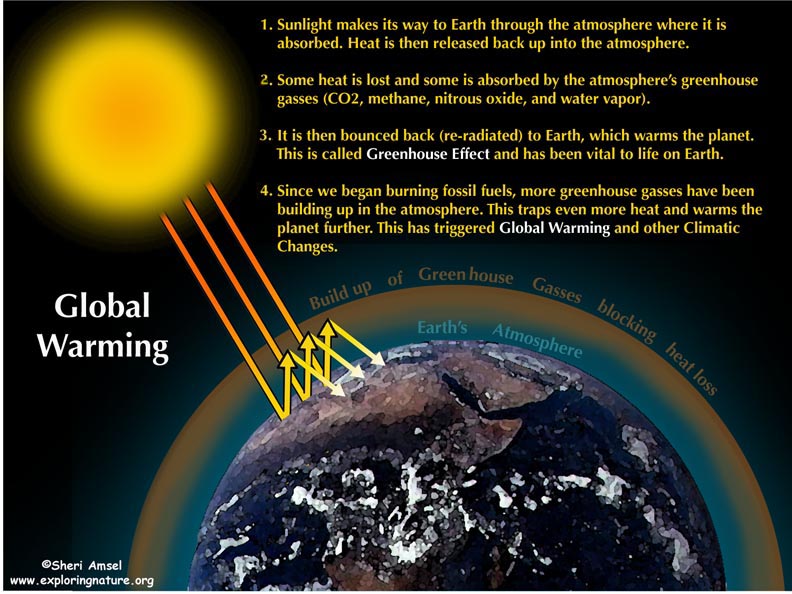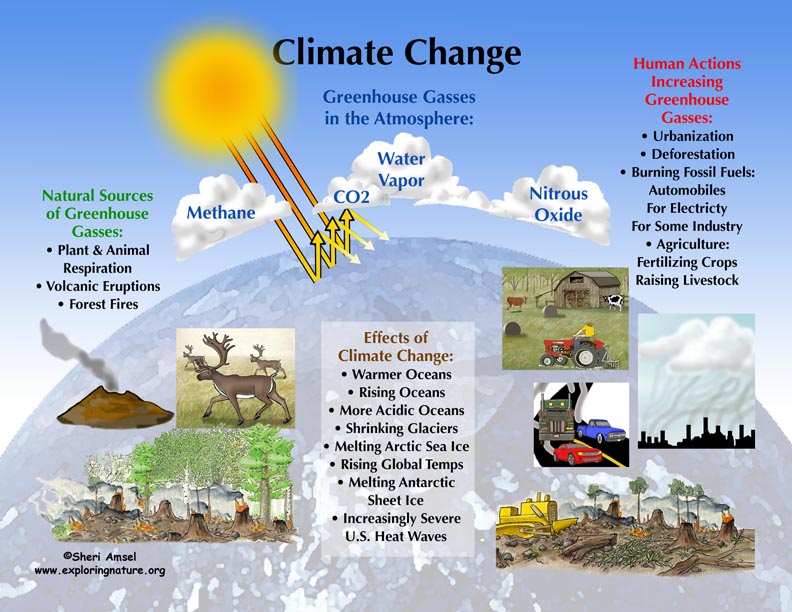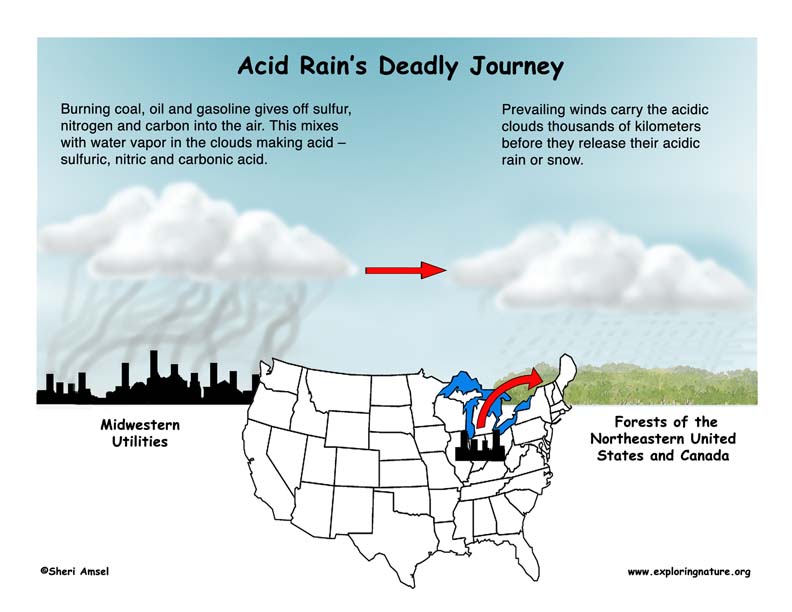

_________________________________________________________________________________________________________________________________________________________
Disciplinary Core Ideas
ESS3.C: Human Impacts on Earth Systems
• Human activities in agriculture, industry, and everyday life have had major effects on the land, vegetation, streams, ocean, air, and even outer space. But individuals and communities are doing things to help protect Earth’s resources and environments. (5-ESS3-1)
Performance Expectations Students who demonstrate understanding can:
5-ESS3-1. Obtain and combine information about ways individual communities use science ideas to protect the Earth’s resources and environment.
_________________________________________________________________________________________________________________________________________________________
Use the Template and Resource Links to Fulfill NGSS
l. Goals:
Essential Questions:
NGSS Note: Think, question, entertain ideas.
ll. Introductory Activities to Assess Prior Knowledge
A. Simple Activities - that assess your students’ understanding of the effect of humans on Earth's resources.
Global Warming - Comic Relief Activity
Rotten Game - How Long Does it Take to Decompose?
Global Climate Change Multiple Choice
B. Brainstorming Session
Question: How are we affecting Earth's resources (water, land, air)?
1. Break students down into groups of 3-4.
2. Ask students to generate a list of the different ways humans are affecting Earth's resources.
3. Discuss
lll. New Knowledge - Text
Read about Earth's resources and how humans affect them.
Endangered Species - The Giant Panda
Global Warming and Climate Change
Wetlands - Their Important and Why
Global Warming and Climate Change
Examples of Models (depicts the concepts expressed in the reading):
Ask students to look at the models illustrating how humans affect the Earth and to discuss ways to protect the Earth.
lV. Experiments, Activities, Model-making (Critical Thinking)
Inquiry related to human over-use and destruction of Earth's resources:
Smog-making Activity
Use critical thinking to devise ways to protect people from natural hazards. Read about wetlands and how they protect us from natural processes (storms) that produce natural hazards (flooding). Knowing this, what actions do you think we should take to help protect us from storm flooding?
Wetlands - Their Important and Why
Human Actions: Sometimes human actions combine with natural processes to create new natural hazards. Read about acid rain and its effect on us. Use critical thinking about ways we can reduce this hazard.
Human activities in agriculture, industry, and everyday life have had major effects on the land, vegetation, streams, ocean, air, and even outer space. But individuals and communities are doing things to help protect Earth’s resources and environments.
Vl. Next Generation of Science Standards (NGSS) - Grade 5
Disciplinary Core Ideas
ESS3.C: Human Impacts on Earth Systems
• Human activities in agriculture, industry, and everyday life have had major effects on the land, vegetation, streams, ocean, air, and even outer space. But individuals and communities are doing things to help protect Earth’s resources and environments. (5-ESS3-1)
Science and Engineering Practices
Obtaining, Evaluating, and Communicating Information
Obtaining, evaluating, and communicating information in 3–5 builds on K–2 experiences and progresses to evaluating the merit and accuracy of ideas and methods.
• Obtain and combine information from books and/or other reliable media to explain phenomena or solutions to a design problem. (5-ESS3-1)S3-2)
Crosscutting Concepts
Systems and System Models
• A system can be described in terms of its components and their interactions. (5-ESS3-1)
Connections to Nature of Science
Science Addresses Questions About the Natural and Material World.
• Science findings are limited to questions that can be answered with empirical evidence. (5-ESS3-1)
Performance Expectations
Students who demonstrate understanding can:
5-ESS3-1. Obtain and combine information about ways individual communities use science ideas to protect the Earth’s resources and environment.
Common Core State Standards Connections:
ELA/Literacy
RI.5.1 Quote accurately from a text when explaining what the text says explicitly and when drawing inferences from the text. (5-ESS3-1)
RI.5.7 Draw on information from multiple print or digital sources, demonstrating the ability to locate an answer to a question quickly or to solve a problem efficiently. (5-ESS3-1)
RI.5.9 Integrate information from several texts on the same topic in order to write or speak about the subject knowledgeably. (5-ESS3-1)
W.5.8 Recall relevant information from experiences or gather relevant information from print and digital sources; summarize or paraphrase information in notes and finished work, and provide a list of sources. (5-ESS3-1)
W.5.9 Draw evidence from literary or informational texts to support analysis, reflection, and research. (5-ESS3-1)
Mathematics
MP.2 Reason abstractly and quantitatively. (5-ESS3-1)
MP.4 Model with mathematics. (5-ESS3-1)
When you research information you must cite the reference. Citing for websites is different from citing from books, magazines and periodicals. The style of citing shown here is from the MLA Style Citations (Modern Language Association).
When citing a WEBSITE the general format is as follows.
Author Last Name, First Name(s). "Title: Subtitle of Part of Web Page, if appropriate." Title: Subtitle: Section of Page if appropriate. Sponsoring/Publishing Agency, If Given. Additional significant descriptive information. Date of Electronic Publication or other Date, such as Last Updated. Day Month Year of access < URL >.
Amsel, Sheri. "Grade 5 - 5-ESS3 Earth and Human Activity" Exploring Nature Educational Resource ©2005-2024. December 13, 2024
< http://www.exploringnature.org/db/view/Grade-5-5-ESS3-Earth-and-Human-Activity >




